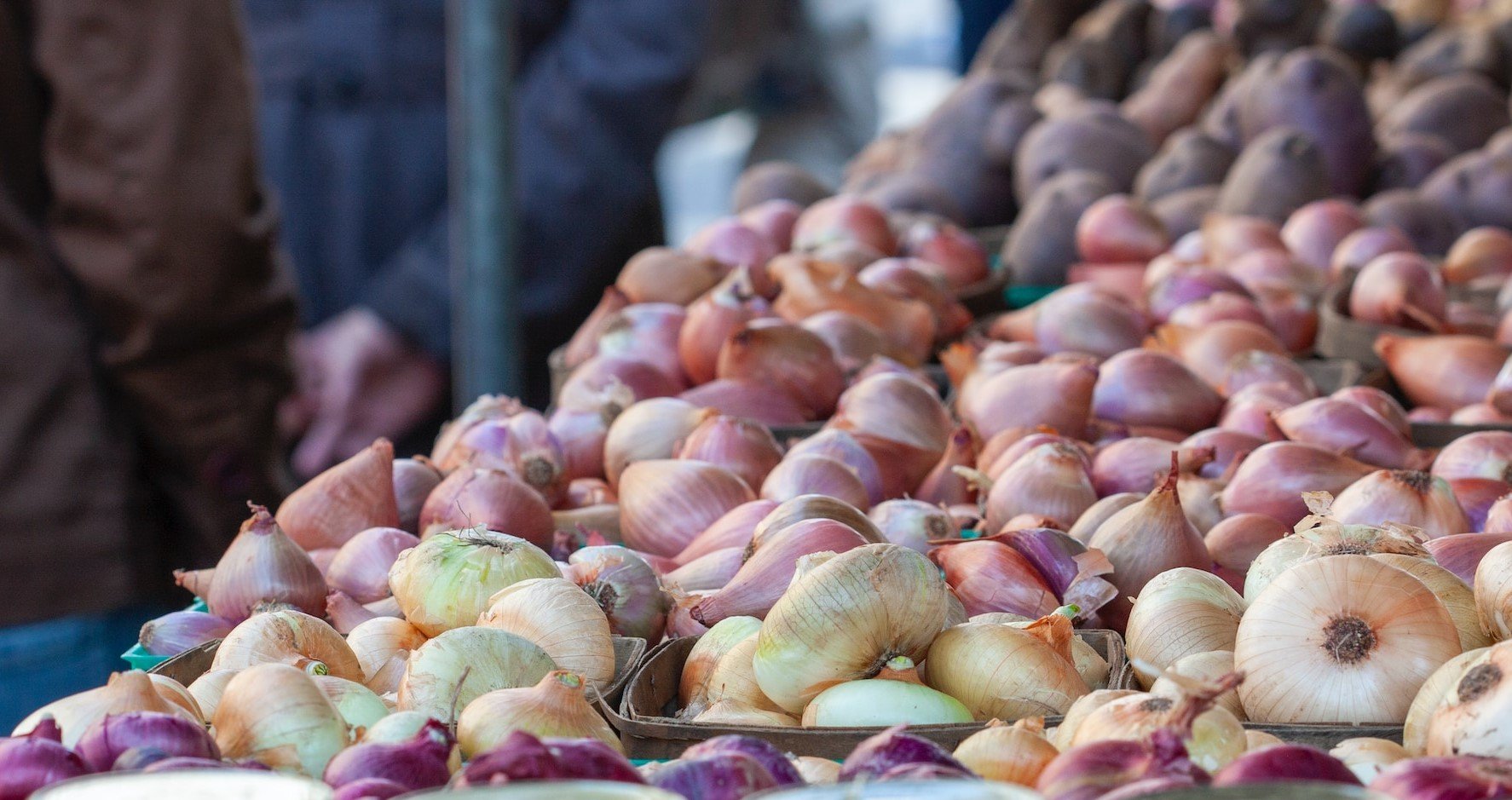The backstory to Position Limits sits with a guy in the US called Vince Kosuga and his antics back in the 1950s. In simple terms, he was an onion farmer, he spotted a golden market opportunity, cornered the market and went all out to exploit it. When cries of “unprincipled gambling” were heard from many commentators, it left him unfazed and merely elicited the response, "If it's against the law to make money... then I'm guilty".
The story is one of a mountain of freshly dug and reconditioned onions, lots of futures contracts and an unprecedented level of price manipulation. Short selling was a sidekick and it resulted in some unpopular (and many thought ill-thought through) regulation.
But how has that resulted in today’s position limits regime? Layer after layer has been added and position limits now cover the purchase and trading of a broad set of derivatives across asset classes and instruments. It is global too, with limits imposed by exchanges and regulatory authorities such as the CFTC and MiFID II across the globe on an intraday basis.
Much of what is talked about with regards to position limits is around commodity derivatives but that’s not the whole story. Position limits have been imposed across a wide range of derivatives including spot, futures and options (gross and net) and asset classes including the massive market that is interest-rate derivatives. The result is that adhering to market rules and avoiding limit violations can prove challenging.
Not only that but today’s position limits regime is multi-threaded with market players having to keep on top of both accountability and reporting levels across spot, single, other and all month timeframes. That’s a lot of data to source, and a lot of it is a lot harder to get your hands on than you might think. And, of course, it all has to be done on a timely basis.
Back to Vince Kasuga. He made $8.5 million back in 1955 by cornering the onion futures market. That’s a lot of money and, as we can tell from our opening paragraph, Kasuga didn’t feel guilty about it; in fact he resumed futures trading just 10 months later as soon as he could. While the resultant regulation may or may not have been fit for purpose, it did expose a need for transparency.
The end game of position limits is simple i.e. ensuring no single individual trader or group of traders can hold a huge number of contracts in any single security. The reality is that keeping on top of position limits is anything but simple, it is a regime that is still changing and you can read here for more on that.
If you want to hear the story of The Tale of the Onion King in a podcast, listen to these guys from Planet Money who tell it well. So what happened to the price of onions? As the guys on Planet Money tell us, “Even without Vince Kosuga, onion farmers still face the prospect of making a bunch of money one year and losing it all the next. And without futures, there's this slow drip, drip, drip out of everybody's pockets. If a farmer can't sell his onions ahead of time, he has to pay to store them. It costs farmers money. It costs you money when you're buying onions.”
Who knew, The Onion King had so much to answer for?


